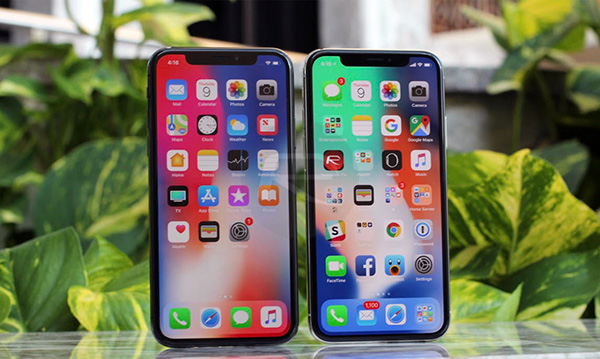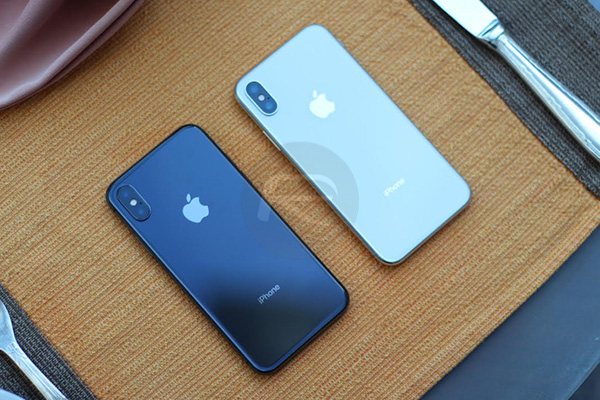Just three weeks after its release on November 3rd, adoption of the iPhone X is already at a rate which equates to around 2% of the overall iPhone user base according to statistics released by IHS Markit.
Perhaps predictably given the iPhone X’s hefty price tag, the highest initial adoption comes in countries with high gross domestic product per head, like Singapore, Denmark, Switzerland, and Japan.

According to research carried out by IHS, countries where the iPhone’s Plus-sized models have been popular have seen the highest iPhone X adoption, possibly with those countries being home to users who want larger displays with a dual-camera configuration. Previous owners of larger iPhones are also likely to be more willing to spend more money on their smartphones, something that would make sense considering the asking price of even the entry-level iPhone X – $999 in the United States.
The high adoption numbers also show that the expected supply constraints did not have an impact on sales, with the iPhone X selling similarly to previous high-end iPhone releases.
In the US, iPhone X adoption after three weeks matched the adoption of iPhone 8 Plus and beat early adoption levels for both the iPhone 8 and 7 Plus. Only the iPhone 7 model had greater initial success. In Japan, initial iPhone X adoption was as good as or better than any recent iPhone launch, and matched the level of the iPhone 7.

With Apple already predicting a record quarter this Christmas, IHS Markit expects Apple to ship 88.8 million iPhones, which would be the largest number of iPhones ever to be shipped in a single quarter. With shipping estimates for the iPhone X continuing to improve around the globe, anyone looking to get a new flagship iPhone this side of Christmas may still be in luck.
(Via: DigiTimes)
You may also like to check out:
- Fix Unable To Activate Face ID On This iPhone X Bug After iOS 11.2 Update, Here’s How
- iOS 11.2.1 Beta 1 Download Expected Release Date For iPhone And iPad
- iOS 11.2 Changelog And Release Notes: All New Changes Of Final Version In One Place
- Stream / Download Torrents On Apple TV 4K Without Jailbreak Or Sideloading, Here’s How
- Download iOS 11.2 Final IPSW Links And OTA For Your iPhone Or iPad
- Download iOS 11, 11.2, 11.1.2 Links & Install On iPhone X, 8, 7 Plus, 6s, 6, SE, iPad, iPod [Tutorial]
- Downgrade iOS 11 / 11.2 On iPhone Or iPad [How-To Guide]
- Jailbreak iOS 11 / 11.2 / 11.1.2 On iPhone And iPad [Status Update]
You can follow us on Twitter, add us to your circle on Google+ or like our Facebook page to keep yourself updated on all the latest from Microsoft, Google, Apple and the Web.

